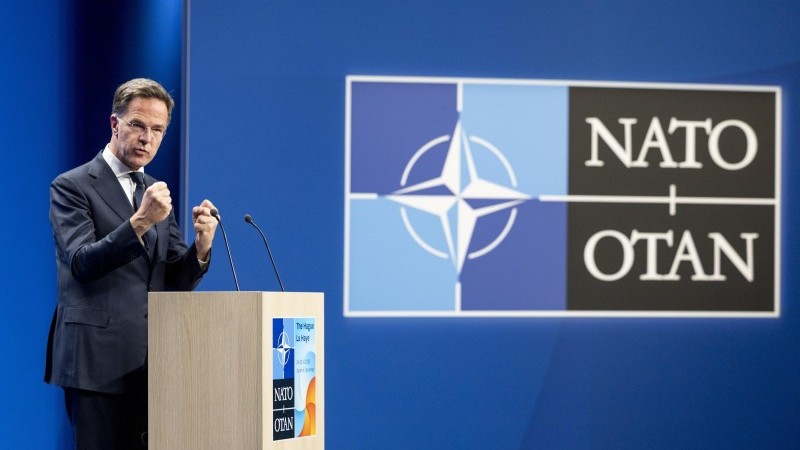Given that order of magnitude, it’s important to think about ways to significantly mitigate the negative impact. So here’s the positive economic lens:
Procurement.
Europe can procure defence material together. The Draghi and Letta reports point to the costs of countries buying separately and not making use of economies of scale. The savings from a common approach have been estimated at 18 to 57 billion euros per year. The most important effect of joint purchasing is that with the same amount of spending, more security can be bought. In essence, it’s a way of lowering the required share of GDP to achieve a desired level of security. For now, it’s all about 3.5% or 5%, but we’d expect the debate to gradually shift more to defensive capabilities rather than spending norms.
Borrowing
When Europe borrows, it can do that together. As we’ve argued before, common borrowing brings average financing costs down. This is relevant for the first couple of years, in which defence spending is debt-financed. But it’s also relevant longer term, as another break in the taboo on joint debt issuance can help initiate a discussion on other benefits of joint European debt. This has the potential to lower the cost of funding for the entire economy.
Production
Europe can increasingly produce defence materials and services internally. Producing here has two benefits: firstly, it means the money is spent within the EU. This can, over time, support European manufacturers and will lower the import share. Secondly, defence materials are often Research & Development intensive as it’s all about being smarter and faster than others. Making equipment here can help bring knowledge spillovers to our own continent. The Draghi report pointed out that the US has a far larger R&D share in defence spending.
In addition, the US Department of Defence is spending significant amounts on AI; it’s clearly not just about physical stuff. This can help support Europe’s digital ambitions. The R&D and AI effect of spending in Europe can support productivity and thus support growth and purchasing power in the long run.
The combined effect of common procurement, common borrowing, European production, and higher R&D spending can offset a significant part of the costs for Europeans. In fact, this is exactly what the European Commission is proposing.
If you wonder whether Europeans are ready for this, knowing that trust in Europe is at a record high is important. 52% of Europeans say they trust the European Commission, while 36% and 37% of Europeans say they trust their national government and parliament, respectively. Also, eight in ten support a common defence and security policy among Member States – the highest result since 2004.
But European governments may need a bit of a push. One European government official explained to me: ‘All great to do defence together, as long as we do it like my home country’.
It’s high time to get past this, as the economic benefits of a common approach can be significant.
